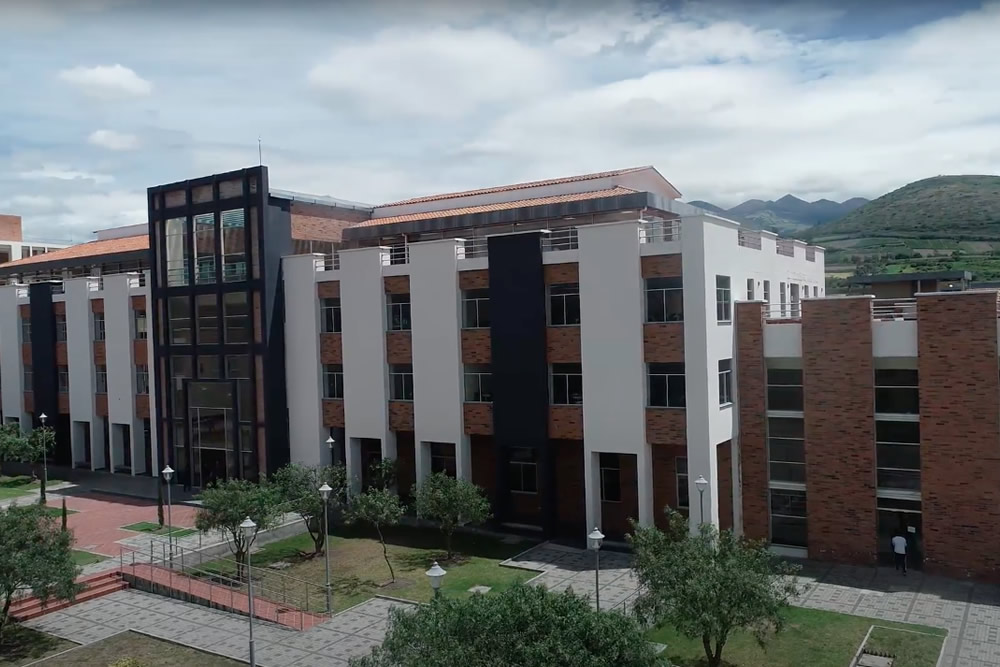Stars as laboratories for fundamental physics : the astrophysics of neutrinos, axions, and other weakly interacting particles / Georg G. Raffelt.
Tipo de material: TextoIdioma: Inglés Series Theoretical astrophysicsFecha de copyright: Chicago : University of Chicago Press ; 1996Edición: First EditionDescripción: xxii, 664 pages : illustrations ; 23 cmISBN:
TextoIdioma: Inglés Series Theoretical astrophysicsFecha de copyright: Chicago : University of Chicago Press ; 1996Edición: First EditionDescripción: xxii, 664 pages : illustrations ; 23 cmISBN: - 9780226702728
- 0226702715 (cloth : alk. paper)
- 0226702723 (pbk. : alk. paper)
- 523.8 23
| Tipo de ítem | Biblioteca actual | Signatura | Copia número | Estado | Fecha de vencimiento | Código de barras | Reserva de ítems | |
|---|---|---|---|---|---|---|---|---|
 Colección general
Colección general
|
Biblioteca Yachay Tech | 523.8 R136s 1996 (Navegar estantería(Abre debajo)) | Ej. 1 | Disponible | 005644 |
Includes bibliographical references (pages 606-641) and index.
1. The Energy-Loss Argument -- 2. Anomalous Stellar Energy Losses Bounded by Observations -- 3. Particles Interacting with Electrons and Baryons -- 4. Processes in a Nuclear Medium -- 5. Two-Photon Coupling of Low-Mass Bosons -- 6. Particle Dispersion and Decays in Media -- 7. Nonstandard Neutrinos -- 8. Neutrino Oscillations -- 9. Oscillations of Trapped Neutrinos -- 10. Solar Neutrinos -- 11. Supernova Neutrinos -- 12. Radiative Particle Decays from Distant Sources -- 13. What Have We Learned from SN 1987A? -- 14. Axions -- 15. Miscellaneous Exotica -- 16. Neutrinos: The Bottom Line.
For centuries the heavens have been a natural laboratory to test the classical laws of motion, and more recently to test Einstein's theory of gravity. Today, astrophysics has become a vast playing ground for applications of the laws of microscopic physics, especially the properties of elementary particles and their interactions. Much of what we know about neutrinos is revealed by astronomical observations, and the same applies to the axion, a conjectured new particle that is a favored candidate for the main component of the dark matter of the universe. In this volume, Raffelt provides the first systematic review of what we know about these and other weakly interacting particles, and about the gravity, from the observed properties of stars, such as neutrino fluxes measured from the Sun and supernova 1987A, and from certain astronomical x- and gamma-ray observations. He discusses these results in the light of related information from both laboratory experiments and cosmological arguments. Much of this material has not been covered previously in the textbook literature on particle astrophysics, which focuses mainly on the early universe, neutrino physics, or cosmic rays. Therefore, this book should interest particle physicists, astrophysicists, and cosmologists both as an introduction to stars as sources for weakly interacting particles and as a reference text.
No hay comentarios en este titulo.




